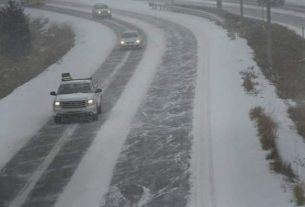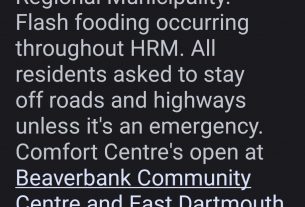Out for a spin, some unusual road maneuvers drew the attention of an RCMP cruiser
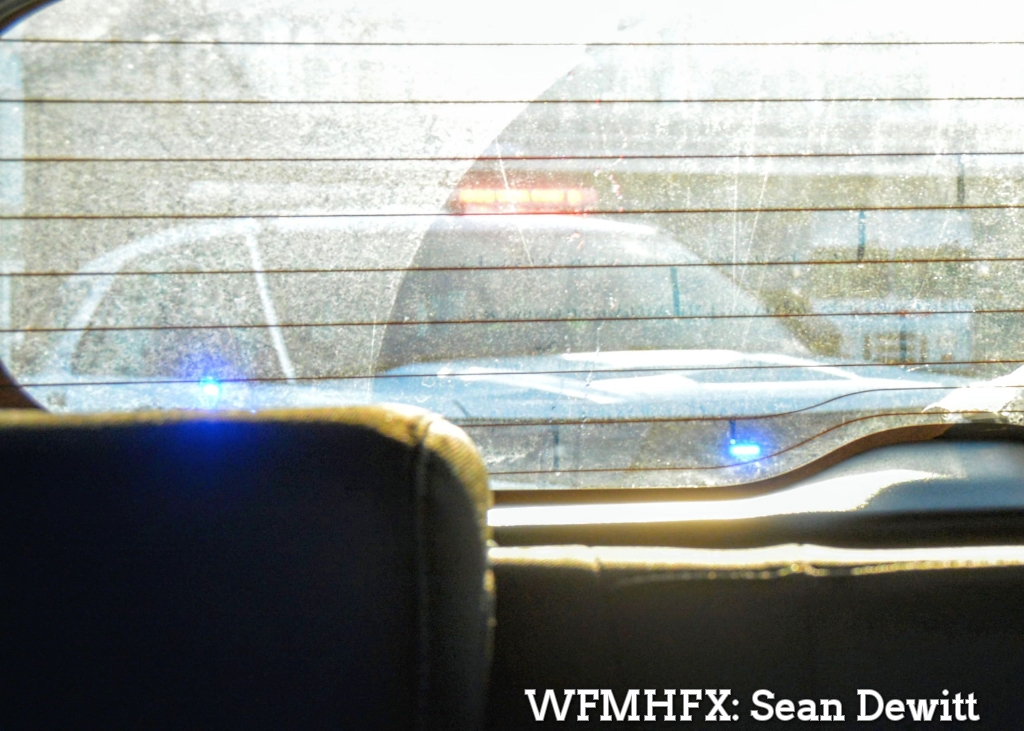
Pulling over the vehicle, a suspicion of driving impaired created a further investigation.
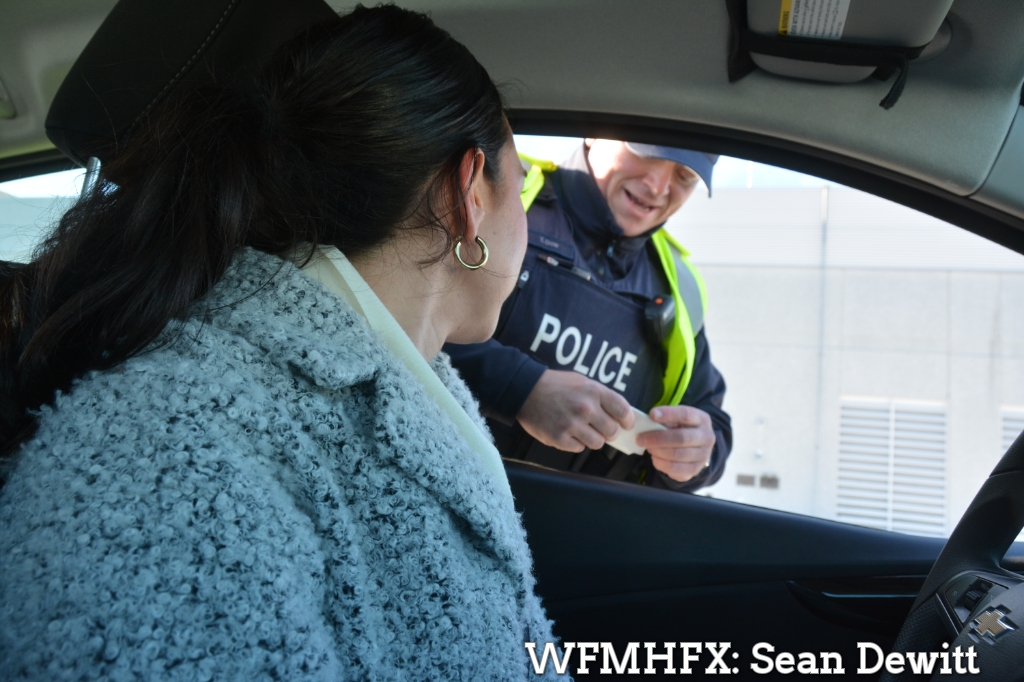
In a demo with RCMP in Dartmouth, RCMP walked through a road stop after observing a vehicle driving erratically.
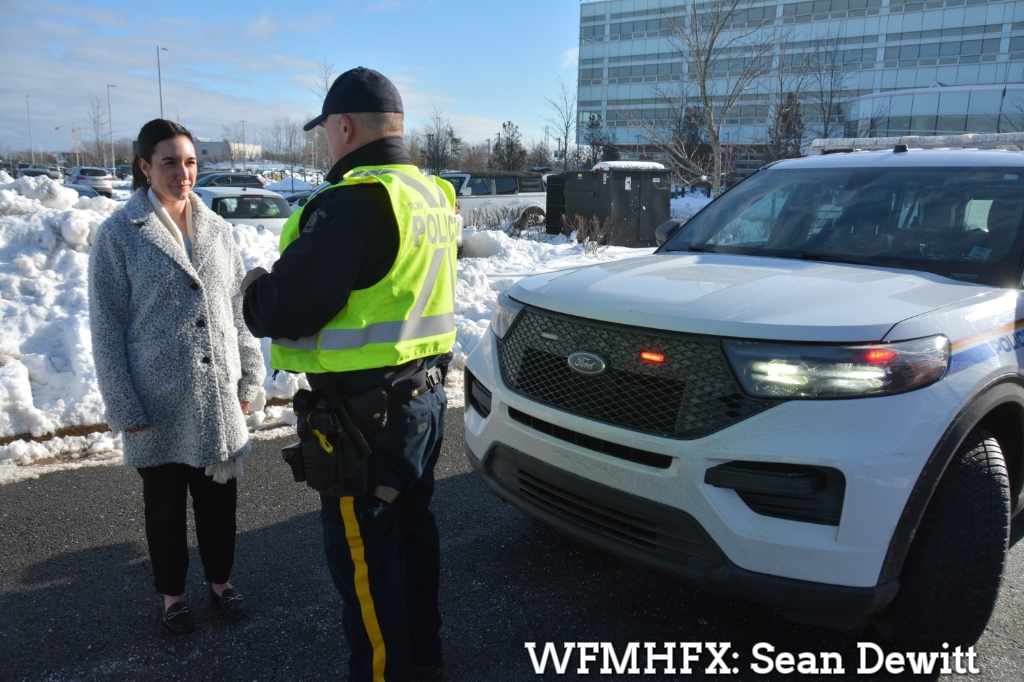
Our driver for the demo, once pulled over, was asked some basic questions. Handing her license over to the officer, he already had more information than asked.

Police are trained to observe drivers during traffic stops, and observe their surroundings. Obvious signs of alcohol or drugs within the vehicle, drivers speech and responses for example will direct further investigation.

A roadside test was issued as part of the investigation. If an area is deemed unsafe it can be done at a safer location for both the driver and officer.

RCMP are also adaptive with their tests to allow a fair test to be performed.

For example, someone who just had knee surgery would not be expected to balance on an injured leg. Police will find other ways to compensate for certain circumstances.
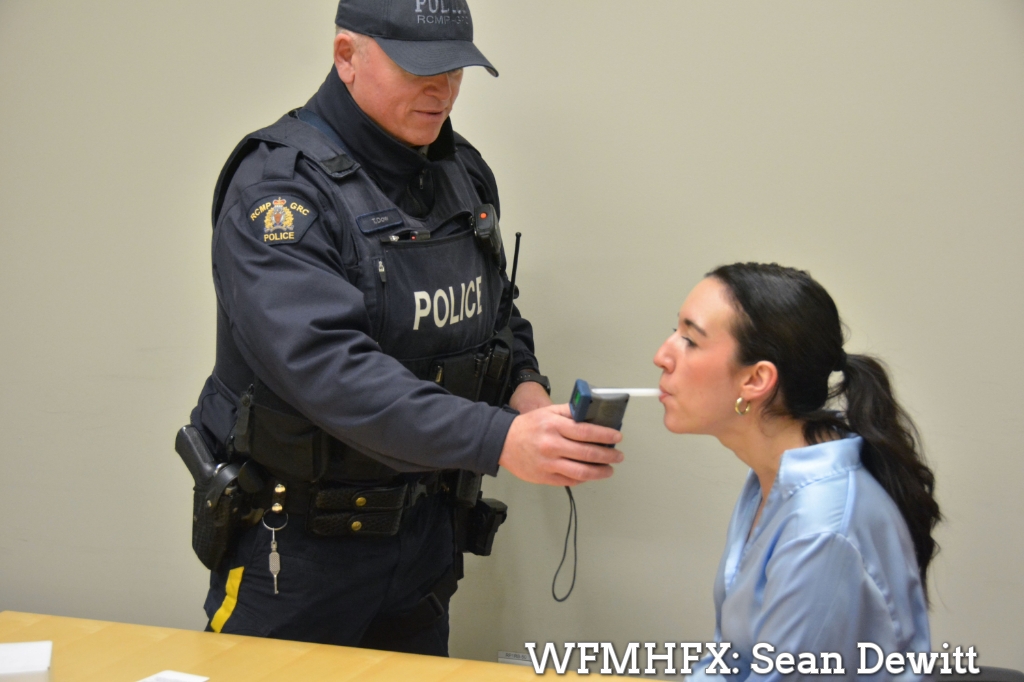
Police demonstrated several sobriety tests, including walking a line, breathalyzer and oral fluid test for the presence of THC.
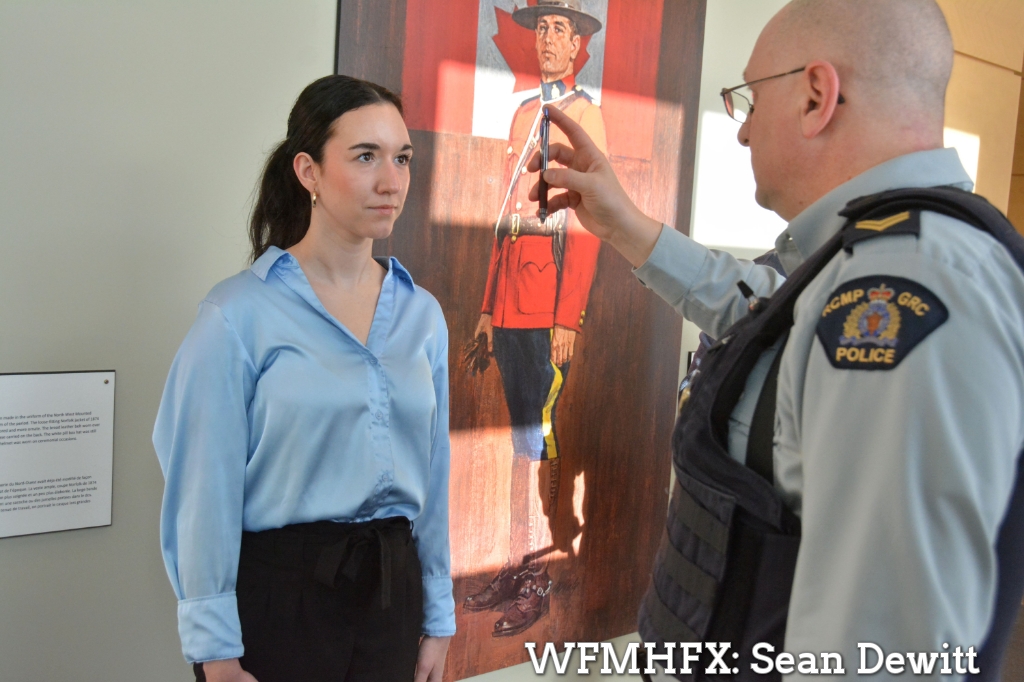
Impaired driving still remains a preventable but still occurring problem on our roads. RCMP are well trained and equipped to identifying impaired by alcohol or drug drivers and remove them from our roads.

**** RCMP Media Release
Here are some signs of an impaired driver:
- Driving unreasonably fast, slow or at an inconsistent speed
- Drifting in and out of lanes
- Tailgating and changing lanes frequently
- Making exceptionally wide turns
- Changing lanes or passing without sufficient clearance
- Overshooting or stopping well before stop signs or stop lights
- Disregarding signals and lights
- Approaching signals or leaving intersections too quickly or slowly
- Driving without headlights, failing to lower high beams or leaving turn signals on
- Driving with windows open in cold or inclement weather
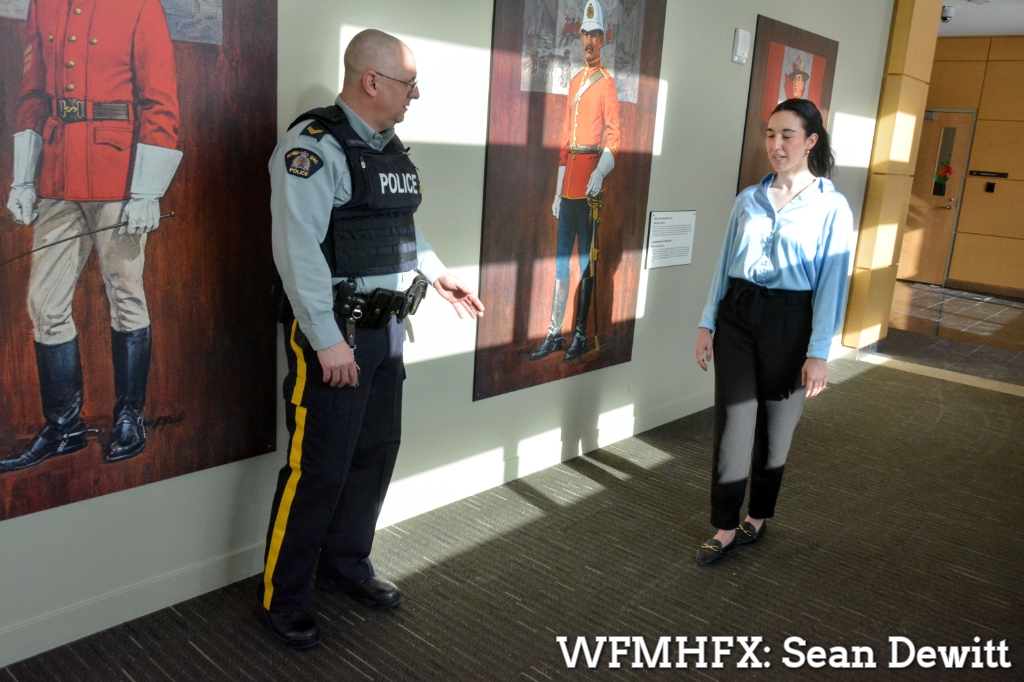
If you see a potential impaired driver, call 911 immediately and give the call taker your location along with a description of the vehicle, including the licence plate number, colour, make and model, the direction of travel for the vehicle and a description of the driver

.

.
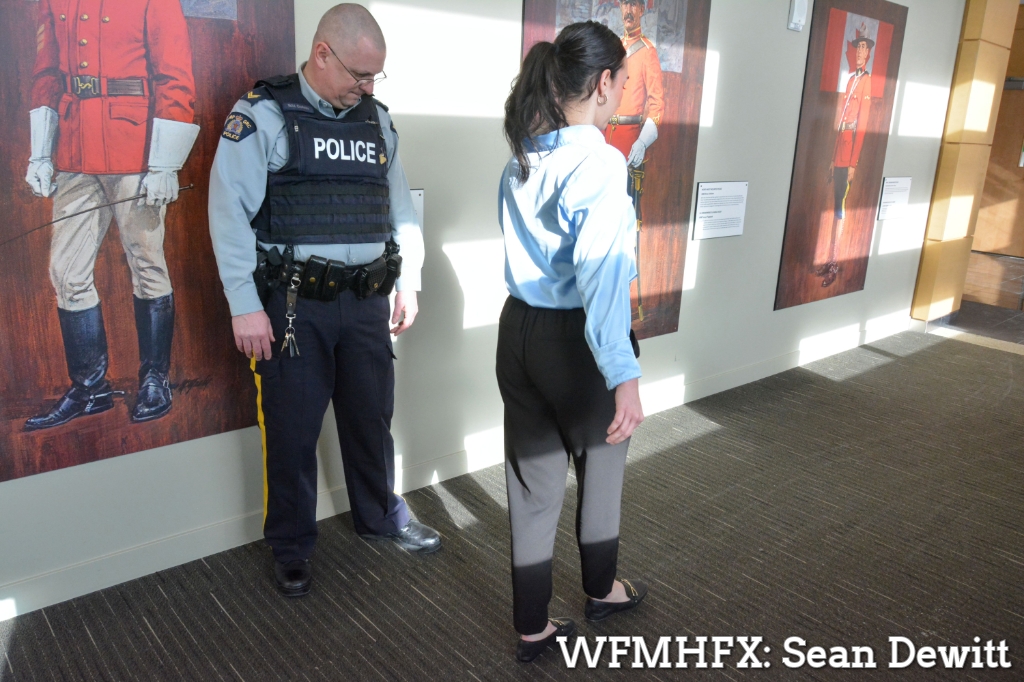
.

.

.

.

